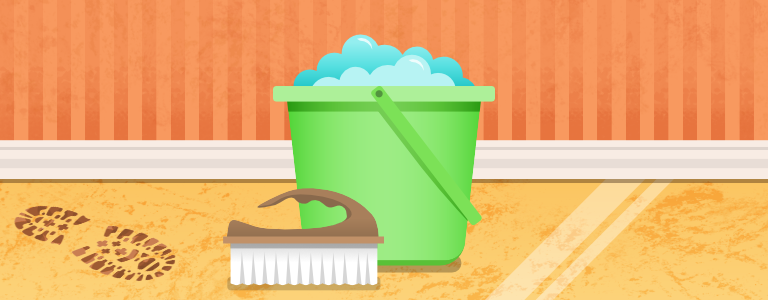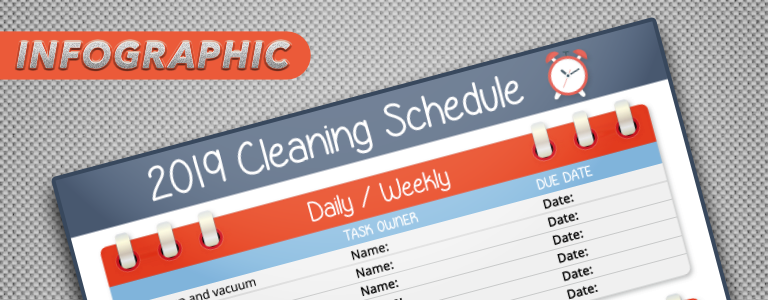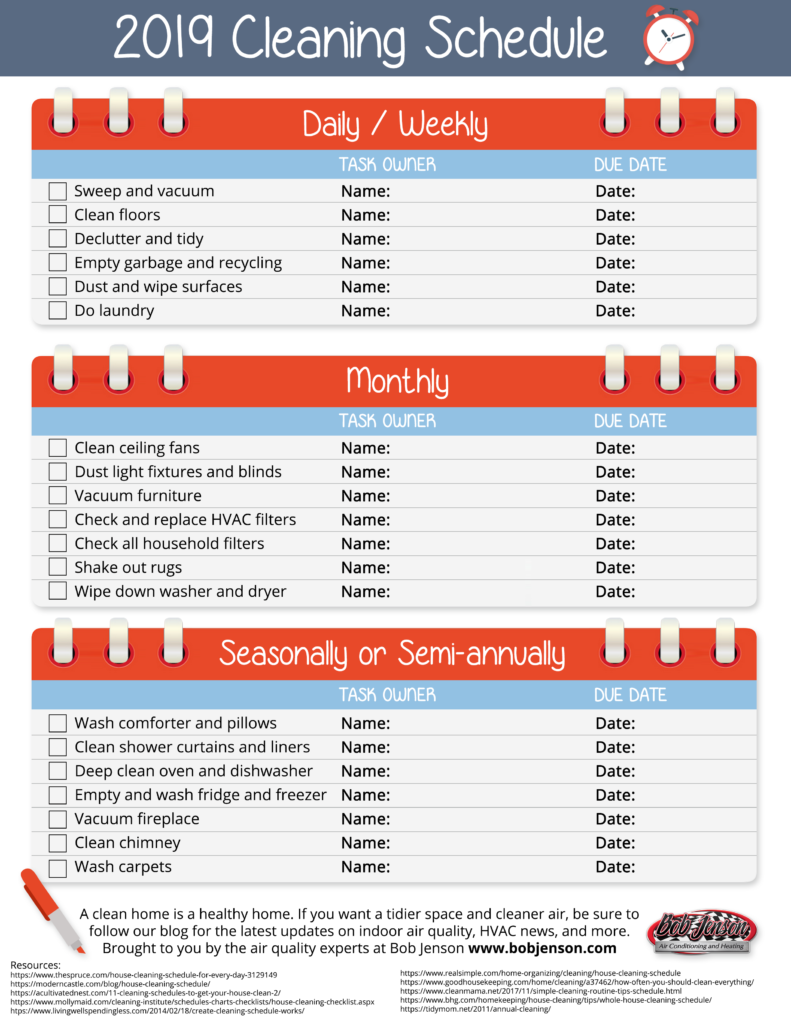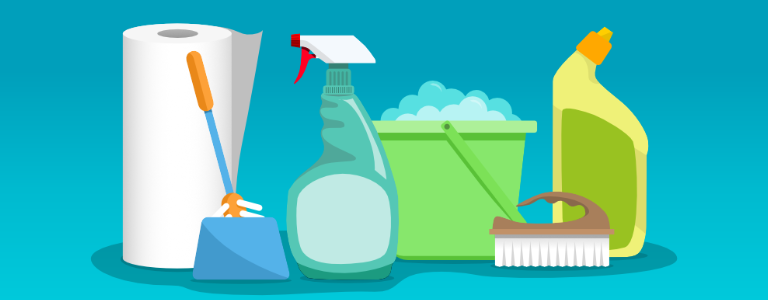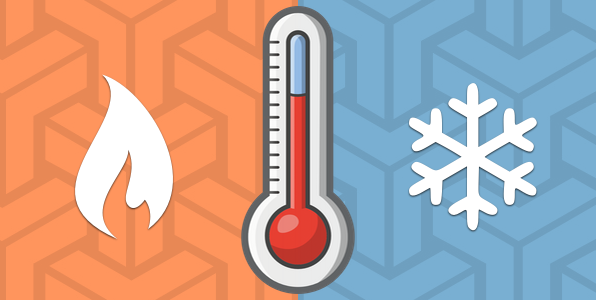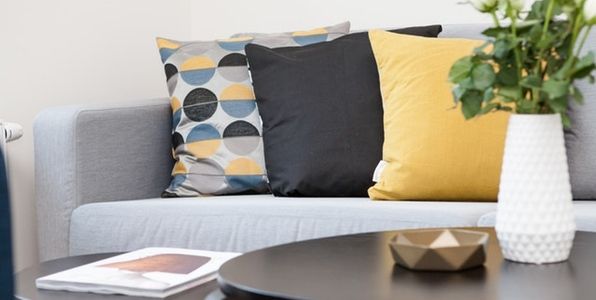8 Options for Natural Cleaning Products
Need a shortcut to improving the quality of your indoor air? It all starts with the type of cleaning products you use. If you’re cleaning your home with products that include harsh chemicals, you could unwittingly be unleashing toxic fumes and residue throughout your household. But if you switch to cleaning products manufactured with non-toxic and biodegradable ingredients, you’ll be creating a safer, healthier living space for your entire family — and helping the environment as well.
There’s no shortage of natural cleaning products and alternatives on the market these days, so we’ve compiled a list of eight of our favorites to help you get started. (PS: If you need help getting the family on board or creating a cleaning schedule, we’ve got you covered there, too.)
Green Works All Purpose Cleaning Spray
You’ll need an all-purpose cleaner in your arsenal of natural products, and this offering from Green Works is a solid choice. Savvy brand shoppers may already know that Green Works is owned by Clorox; however, this line of cleaning products is created without the same manufactured chemicals as its parent brand. Instead, Green Works uses essential oils and coconut-based cleansing ingredients to help cut through grease and dissolve all types of messes.
Seventh Generation Disinfecting Bathroom Cleaner
Along with an all-purpose cleaner, you’re going to want a natural cleaner to tackle some of your bathroom’s more specific needs, like pesky mold and bacteria on sinks and showers. This offering from Seventh Generation utilizes essential oils to help disinfect and deodorize naturally, without the nasty fumes you’d get from regular bathroom cleaners. (They also offer multiple types of liquid laundry detergent and chlorine-free bleach if you’re looking to cut the chemicals out of your laundry!)
Better Life Natural Toilet Bowl Cleaner
When it comes to cleaning your toilet, most of us look for something a little stronger than a standard bathroom cleaner — but unfortunately, “stronger” typically means corrosive chemicals and bleaching agents. Better Life’s toilet bowl cleaner, by comparison, isn’t dangerous for children and pets, plus it’s biodegradable, derived from plant materials, and safe for septic systems. Whatever makes cleaning the toilet a safer practice is good by us!
Dr. Bronner’s Pure-Castile Liquid Soap
“Face, body, hair — food, dishes, mopping, pets — the best for human, home and Earth!” says Dr. Bronner’s company website, and though it might seem impossible that one natural soap is that multi-purpose, Dr. Bronner has the formula down pat — and in eight different non-toxic scents, to boot. Take note of their dilution cheat sheet — you’re going to want to make sure you mix only as much soap with water as you need for the task at hand.
Method Hand Wash
If you’re looking for a more affordable natural hand soap option, the Method brand is available in stores such as Walmart or Target, and they offer a wide array of different soaps to keep your hands clean and bacteria-free. According to The Good Trade, Method’s founders “have truly set the standard for any company aiming to be sustainable” by incorporating environment-friendly practices such as using renewable energy, making the packaging eco-friendly, and launching a biodiesel shipping program.
Breathe Aerosols
We place a lot of importance on air quality — household and otherwise — for a reason: if the air is full of invisible fumes and chemicals, it could be making you and your family sick. That’s why the Breathe line of natural aerosols is a top choice — their website notes that their product is the first aerosol cleaning line with 100% of ingredients meeting the EPAs Safer Choice criteria, and their aerosols are not made with the typical liquefied petroleum gas. Their furniture and stainless steel polishes should be what you’re reaching for if you’re doing a deep clean in your dining room.
Mrs. Meyer’s Clean Day Room Fresheners
Air fresheners are often where you’ll find problematic aerosols — do you really want strange chemicals and toxins floating around in the air you’re breathing indoors? Mrs. Meyer’s Clean Day sells natural air freshening sprays in non-aerosol bottles to keep rooms fresh, so you don’t have to worry about your family inhaling something they shouldn’t. Bonus: The company also sells all-natural candles.
Vinegar
Think you have to spend a lot of money on organic cleaning products? Surprise: one of the most effective all-natural cleaners is probably already in your pantry! White vinegar — often combined with lemon juice and other infusions in order to take the edge off the sharp smell — is an incredibly cheap and effective way to make your own natural household cleaner.
Check out The Kitchn’s tutorial on how to make lemon-thyme vinegar cleaner, good for any surface except marble. Or, if you’re not the DIY type, The Strategist recommends White House Foods Cleaning Vinegar, which comes with a lavender scent.
Keep Clean Without Chemicals
Although it may seem like the cheaper and quicker way to get your house clean, choosing chemical-filled cleaning products can be worse for you — and the environment — in the long run. With so many natural cleaners to choose from, you’ll definitely be able to find what you need within your budget — and you might be amazed at how effective they are at keeping your home clean and toxin-free.
Be sure to follow the Bob Jenson blog for tips on improving household air quality, updates on the HVAC industry, and all other related topics!

